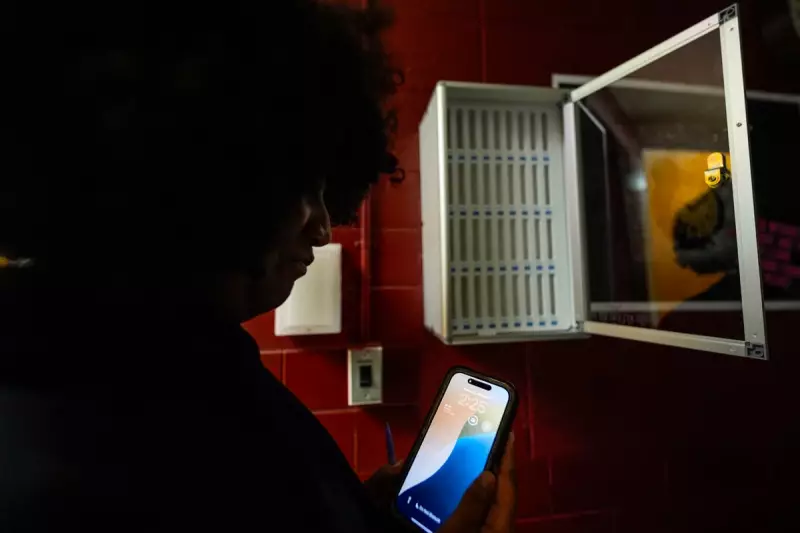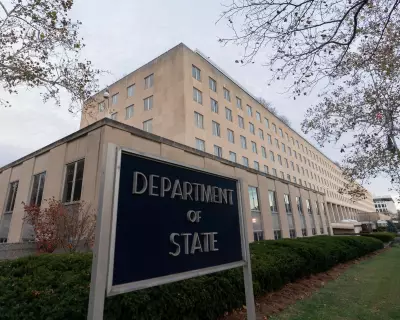
A significant shift in classroom policy is sweeping across the United States as the new academic year begins. Students in 17 states are returning to find stringent new restrictions on mobile phone use, marking a decisive move by educators and legislators to reclaim the learning environment from digital distraction.
The push for these policies is driven by growing concerns from teachers and parents alike. They cite the detrimental impact of constant notifications, social media scrolling, and messaging on student concentration, academic performance, and even mental wellbeing. The classroom, they argue, must be a sanctuary for focused learning.
A Patchwork of Policies Across States
There is no one-size-fits-all approach to the new regulations. Some states, like Florida, have enacted outright bans, requiring phones to be stowed away in lockers or special pouches for the entire school day. Other states are adopting a more nuanced strategy, permitting device use during lunch breaks or for specific, teacher-directed educational activities.
This state-level action often empowers individual school districts to implement their own tailored plans within the broader legal framework, creating a complex mosaic of rules that students and parents must navigate.
The Driving Forces Behind the Digital Crackdown
Proponents of the bans point to a compelling body of evidence. Studies have consistently linked unrestricted phone use to lower academic achievement and reduced ability to retain information. Beyond grades, educators are worried about the social consequences, including cyberbullying and the erosion of face-to-face interaction during critical developmental years.
The restrictions also aim to address issues of equity, ensuring that students without the latest devices are not subject to social pressure or distraction from those who do.
Implementation and Enforcement Challenges
While the intention is clear, the practicalities of enforcing these bans present a significant challenge for schools. Key questions remain:
- Storage Solutions: How can schools securely store hundreds or thousands of devices?
- Parental Communication: What protocols are needed for emergencies if students cannot be reached directly?
- Consistent Enforcement: How can teachers ensure rules are applied fairly without it becoming a constant disciplinary battle?
Many schools are turning to technology to solve a technology problem, investing in locking pouches and signal-blocking bags to physically separate students from their devices.
As the school year progresses, the effectiveness of these widespread mobile phone bans will be closely watched. The outcome of this large-scale experiment could redefine the relationship between technology and education for years to come, setting a potential precedent for other regions, including the UK, grappling with the same issue.





